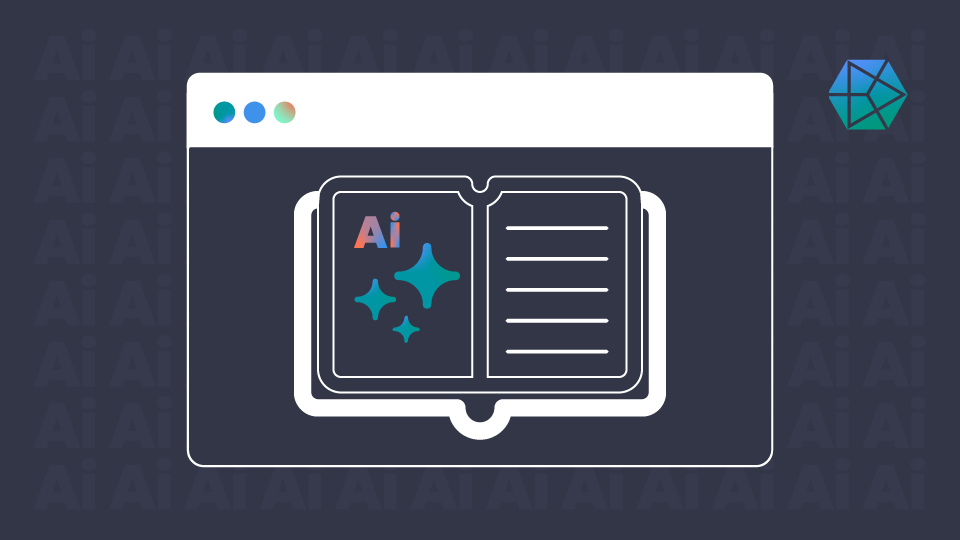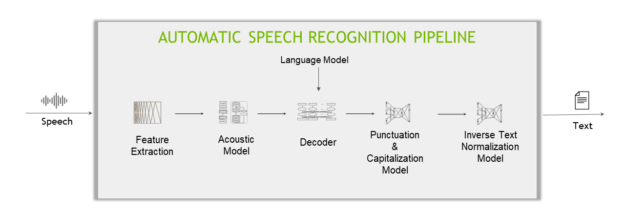
Understanding Enterprise AI Speech Model Jargon
March 31, 2025
AI Speech Models
Speech-to-Text
Text-to-Speech
Natural Language Processing
Conversational AI
Voice AI
Model Training
Data Labeling
Explainable AI
Customer Support
This article provides a comprehensive overview of key terms, concepts, and applications related to enterprise AI speech models, essential for effective implementation and communication in business settings.
Enterprise AI Speech Model Jargonic Lingo
When dealing with enterprise AI speech models, understanding the specific jargon is crucial for effective implementation and communication. Below are key terms and concepts related to enterprise AI speech models:
Key Terms
- Speech-to-Text (STT): A technology that converts spoken language into written text. It is essential for applications like transcription services and voice assistants.
- Text-to-Speech (TTS): A technology that converts written text into spoken words. This is used in applications like voice response systems and audiobooks.
- Voice AI: AI systems designed to interact with users through voice commands. These systems can perform tasks like answering questions, controlling devices, and providing customer support.
- Natural Language Processing (NLP): A collection of AI techniques focusing on understanding and processing human language. NLP is fundamental for speech models to interpret and generate human-like responses.
- Natural Language Understanding (NLU): A subset of NLP that focuses on comprehending the meaning and context in human language. NLU enables more accurate and context-aware interactions.
- Conversational AI: AI systems designed to engage in human-like conversations. These systems use STT, TTS, and NLP to interact naturally with users.
- Custom AI Models: AI models tailored to specific industries or use cases. These models are trained on domain-specific data to understand and generate industry-specific jargon and lingo.
- Model Training: The process of teaching an AI model to recognize patterns and make decisions based on data. For speech models, this involves training on large datasets of spoken language.
- Data Labeling: The process of tagging raw data with labels to provide context. Labeled data helps speech models learn to recognize and classify different types of speech.
- Bias: The tendency for AI models to produce skewed or unfair results due to biased training data. Ensuring diverse and representative training data is crucial for fair speech models.
- Explainable AI (XAI): Methods and systems designed to provide explanations for an AI’s decision-making process. XAI increases transparency and trust in speech models.
Applications
Enterprise AI speech models are used in various applications, including:
- Customer Support: Automating responses to customer inquiries through voice or text.
- Transcription Services: Converting meetings, interviews, and other spoken content into text.
- Voice Assistants: Providing hands-free control and information retrieval for users.
- Interactive Voice Response (IVR) Systems: Automating phone-based customer service interactions.
Understanding these terms and concepts will help enterprises effectively implement and utilize AI speech models in their operations.
Sources
Understanding Industry-Specific Jargon with Custom AI Models - aiOla
Learn how aiOla's KG-Whisper-PT is transforming enterprise AI with its cutting-edge industry-specific jargon processing capabilities.
aiOla Enterprise Conversational AI: Speech-to-Text, TTS & Voice AI
Our world-leading Automatic Speech Recognition (ASR) foundation model, Jargonic, delivers 95%+ accuracy in any language, accent, or noisy environment, handling ...
Artificial Intelligence Glossary for Enterprise Development - Gigster
This page provides an artificial intelligence glossary of the most important AI terms enterprise leaders should know.

